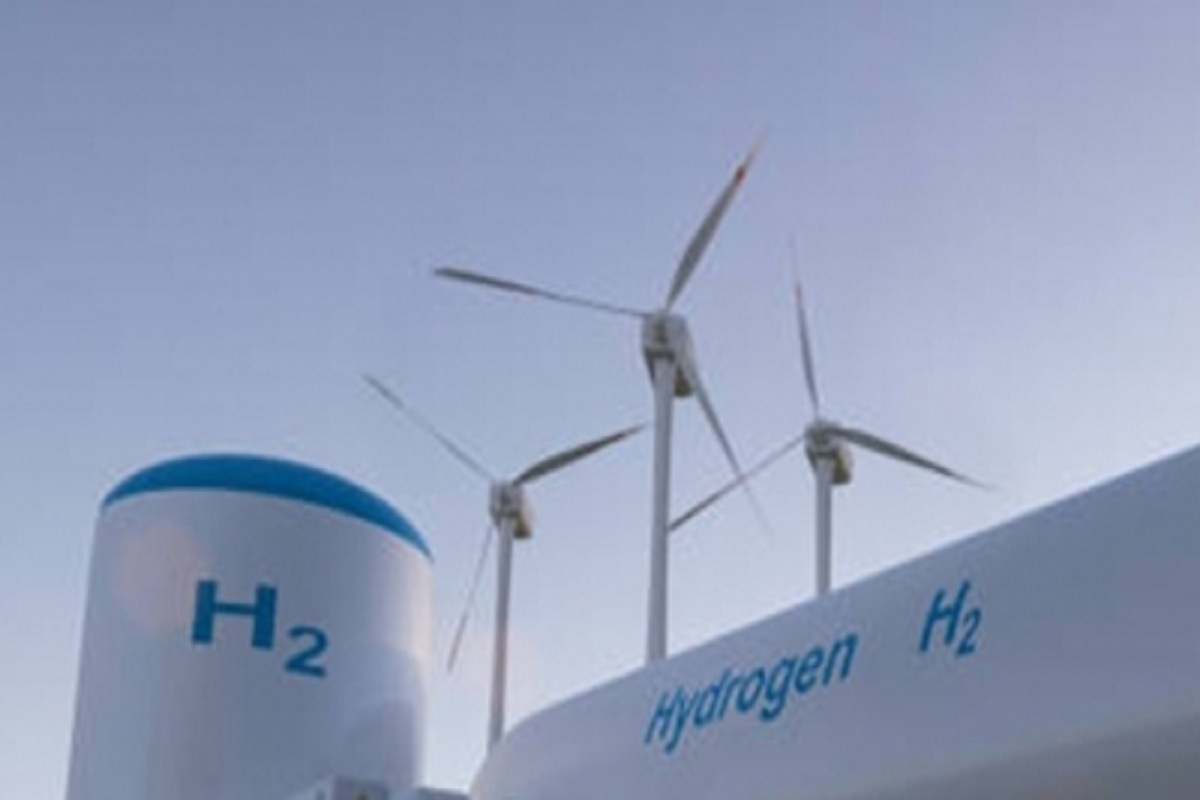Green hydrogen has potential to alter energy supply chain structure: MEA

P. Kumaran, from the Ministry of External Affairs, stated that green hydrogen could revolutionize India's energy supply chain over the next 20 years during the 41st Steering Committee Meeting of the International Partnership for Hydrogen and Fuel Cells in New Delhi. He highlighted that green hydrogen is an effective solution for clean energy transition. The Vice Chair of IPHE, Dr. Noe Van Hulst, praised India's National Green Hydrogen Mission.
Source: Link
FAQs: Green Hydrogen and its Impact on Energy Supply Chain Structure
Frequently Asked Questions
Green Hydrogen and its Impact on Energy Supply Chain Structure
Q: What is green hydrogen?
A: Green hydrogen is hydrogen gas that is produced using renewable energy sources, such as wind or solar power, through a process called electrolysis. This method splits water into hydrogen and oxygen and does not produce greenhouse gases, making it a clean and sustainable energy source.
Q: How does green hydrogen have the potential to alter the energy supply chain structure?
A: Green hydrogen can significantly alter the energy supply chain by providing a clean alternative to fossil fuels for various applications, including power generation, transportation, and industrial processes. This could lead to a decarbonized and more resilient energy supply chain. According to the article from The Statesman, discussions at an Industry Outreach Programme highlighted the potential transformative impact of green hydrogen.
Q: What are the benefits of using green hydrogen?
A: The benefits of green hydrogen include reduced carbon emissions, greater energy security by diversifying energy sources, and the provision of a sustainable and potentially inexhaustible supply of energy if sourced from renewable energy.
Q: Are there any global initiatives supporting green hydrogen production?
A: Yes, there are global initiatives and strategies aimed at increasing the production and use of green hydrogen. For example, the European Hydrogen Backbone (EHB) supports both domestic production and consumption of renewable and low-carbon hydrogen, emphasizing the creation of a hydrogen market.
Q: What challenges are associated with green hydrogen?
A: The challenges include the current high cost of production, the need for significant investments in new infrastructure, and the requirement for large supply chains for clean energy. According to a New Statesman article, meeting government hydrogen targets using renewable energy could consume a substantial portion of resources, such as offshore wind capacity.
Q: Is green hydrogen economically viable at the moment?
A: Green hydrogen is becoming more economically viable as technology improves and costs begin to decline. Furthermore, as the importance of reducing carbon emissions grows and policies to support green initiatives are put into place, green hydrogen is expected to become more competitive with traditional fossil fuels.
Q: Can green hydrogen production impact energy security?
A: Yes, green hydrogen can positively impact energy security by reducing the dependency on fossil fuel imports and allowing countries to produce their own clean energy. This can also insulate countries from volatile international fossil fuel markets.
Please note, these answers are based on the search results and general knowledge about green hydrogen as of early 2023, and additional research and sources should be consulted for the most current and in-depth information.

